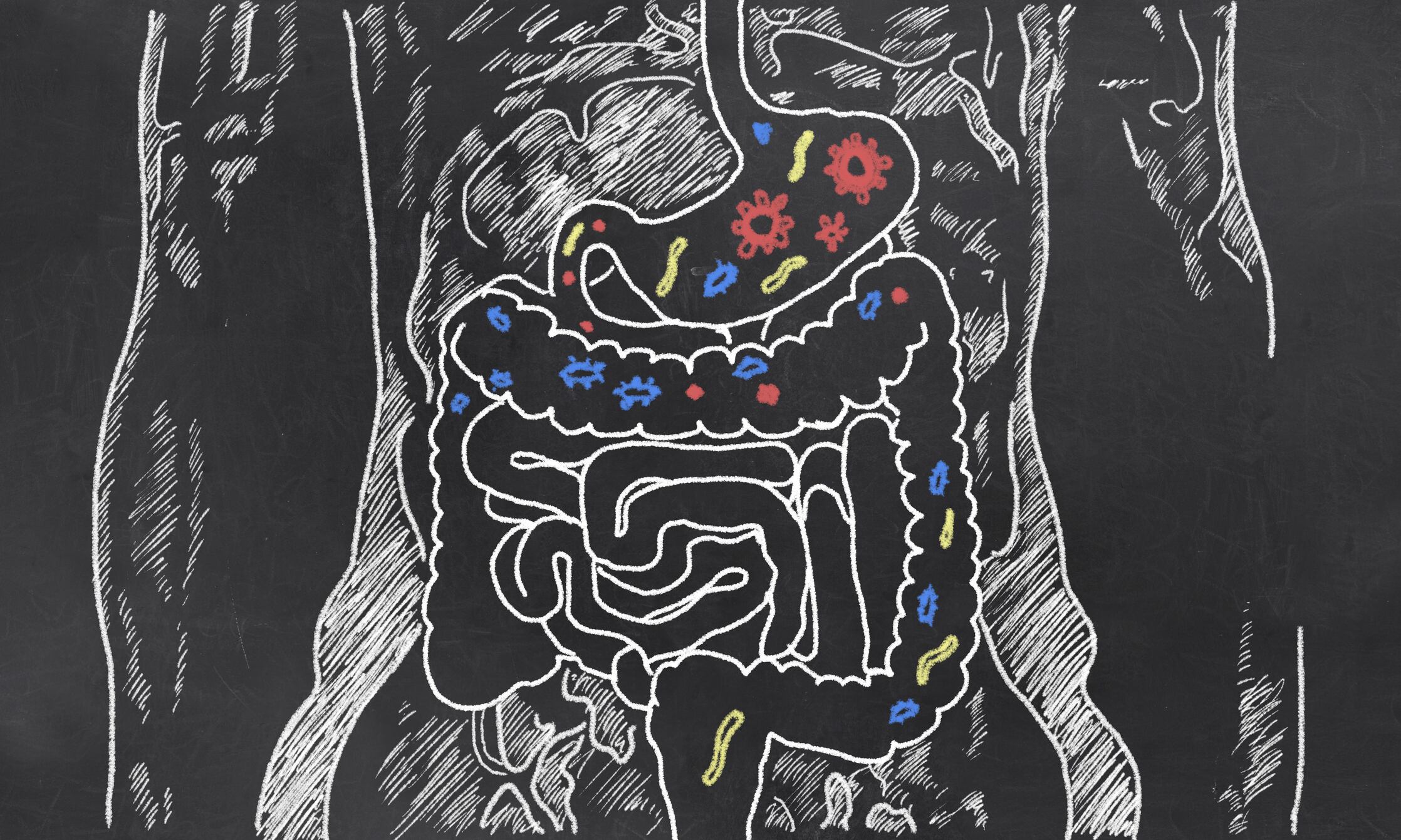More research, more questions: Gut interest and research has grown rapidly in recent years, yet new findings seem to be met by a flood of new questions about the microbes that inhabit our bodies.
To gain further insight and better organize gut microbiome data, researchers from HIVE Lab at George Washington University created the FecalBiomeReport and GutFeeling KnowledgeBase (GutFeelingKB).
FecalBiomeReport is a reporting template that clinical laboratories can use to communicate fecal sample analysis data to patients and doctors.
“We designed it to be easy to understand for both the patient and the physician, as it is similar to a blood test report,” explained Hadley King, the study's author and project manager at HIVE Lab, George Washington University.
Connecting the dots
“GutFeelingKB is a tool to provide the background information about the potential bacteria present in a healthy human gut. It can be used to populate the FecalBiome report. Much of the information we gathered and curated is found in different biological databases, there is no easy way to collect everything in one place. We provide a way to map between all of the major biological databases (NCBI, UniProt, Ensembl, PubMed) with GutFeelingKB.”
King said the methodology used can serve as a scientifically rigorous foundation for clinical interpretation of microbiome data.
The researchers initiated the healthy gut microbiome reference database by studying 16 healthy volunteers from George Washington University campus. They genetically sequenced 48 fecal samples from the volunteers and then combined that data with 50 fecal metagenomic samples downloaded from the Human Microbiome Project (HMP).
A pathway to comparing research across studies and meta-analysis
King told NutraIngredients-USA that this new tool could provide a more patient-centric perspective to microbiome data and allow for a greater scope of health information to be complemented by metagenomic sequence data. He added that it could be a “toolkit” of sorts for other researchers and that if everyone uses the same set of clinically relevant endpoints, research is easily comparable across studies and meta-analysis becomes interoperable.
But the process did not come without challenges. King told NutraIngredients-USA that they experienced a lot of trial and error. “We analyzed the same samples many times to develop our methodology, as well as testing our methods on artificial ‘control’ samples (these were artificial dna samples we made where we knew the exact composition). Along the way, we had to develop several bioinformatic tools for analysis and management of the data.”
As microbiome science moves closer to the clinic, King asserts it will be imperative to have the tools for analysis and interpretation of microbe populations. He said they envision the database and pathway analyses as the foundation for the clinical reporting template.
“Most studies report a metagenomic profile, and then separately talk about what that means for health outcomes or diagnosis, but we wanted to have a way to report everything at once, and in one place. So we started to curate our list of organisms and the associated metadata. We started by including all of the identifiers from the different resources for one organism on the same line in a data table. This made it easier to find an organism in multiple places, and collect the background info. We then also began to add specific information from peer reviewed articles about the function of the organism, with references to the article.”
Surprising finds
King said the list of organisms found in a healthy gut did have diversity, but not to the extent the researchers were expecting. He said the team did pick up some interesting signals in their analysis and highlighted a few of those findings:
- Bifidobacterium positively correlated with dietary protein intake, specifically vegetable protein and dietary fiber. The in particular are soluble fiber, present in vegetables such as broccoli, brussel sprouts, beans, peas, asparagus and beans. These same foods also contain vegetable protein.”
- Akkermansia positively associated with body mass index (BMI), saturated fats, and is negatively correlated with total polyunsaturated fatty acids (PUFA). Not surprisingly, it positively correlated with linoleic acid, as this particular omega-6 PUFA is found abundantly in oils (e.g. soybean oil, vegetable oil) used in processed food.
- Bacteriodes ovatus positively correlated with daily calorie intake, as well as body weight and waist circumference.
A total of 157 organisms make up the baseline biome, with potential to be used as healthy controls for studies related to unhealthy microbiota and developing disease-specific prediction models.
Since the study’s publication, the researchers have had several different collaborations, with more projects in the works. Currently, they are working with other researchers to investigate the outcomes of a ketogenic diet for epilepsy treatment, signals for autism, colorectal cancer, and diabetes, just to name a few.
Source: PLoS One
Published online, Open Access, doi: 10.1371/journal.pone.0206484
“Baseline human gut microbiota profile in healthy people and standard reporting template”
Authors: H. King, et al




